Cover Page
Preface
Table of Contents
Ch. 1 - Modulation, Transmitters and Receivers
1.1 Introduction
1.2 RF Signals
1.3 Analog Modulation
1.4 Digital Modulation
1.5 Interference and Distortion
1.6 Early Receiver Technology
1.7 Modern Transmitter Architectures
1.8 Modern Receiver Architectures
1.9 Summary
1.10 Exercises
Ch. 2 - Antennas and RF Link
2.1 Introduction
2.2 RF Antennas
2.3 Radiation from a Current Filament
2.4 Resonant Antennas
2.5 Traveling-Wave Antennas
2.6 The RF Link
2.7 Radio Link Interference
2.8 Summary
2.9 Exercises
Ch. 3 - Radio Frequency Systems
3.1 Introduction
3.2 Communication Over Distance
3.3 Wireless Standards
3.4 Conventional Wireless Communications
3.5 Simplex and Duplex Operation
3.6 Cellular Communications
3.7 Multiple Access Schemes
3.8 Spectrum Efficiency
3.9 Cellular Phone Systems
3.10 Generations of Radio
3.11 Long-Term Evolution: Beyond 3G
3.12 Radar Systems
3.13 Radiometer System
3.14 Summary
3.15 Exercises
Ch. 4 - Transmission Lines
4.1 Introduction
4.2 Media
4.3 Substrates
4.4 Transmission Line Structures
4.5 Modeling of Transmission Lines
4.6 Transmission Line Theory
4.7 The Terminated Lossless Line
4.8 Special Cases of Lossless Terminated Lines
4.9 Input Impedance of a Terminated Lossy Line
4.10 Microstrip Transmission Lines
4.11 Microstrip Design Formulas
4.12 Transmission Line Components
4.13 Resonators
Untitled
4.14 Summary
4.15 Exercises
Ch. 5 - Extraordinary Transmission Line Effects
5.1 Introduction
5.2 Frequency-Dependent Characteristics
5.3 High-Frequency Properties of Microstrip Lines
5.4 Multimoding on Transmission Lines
5.5 Parallel-Plate Waveguide
5.6 Microstrip Operating Frequency Limitations
5.7 Power Losses and Parasitic Effects
5.8 Lines on Semiconductor Substrates
5.9 Summary
5.10 Exercises
Ch. 6 - Microwave Network Analysis
6.1 Introduction
6.2 Two-Port Networks
6.3 Scattering Parameters
6.4 The N-Port Network
6.5 Scattering Parameter Matrices of Common Two-Ports
6.6 Scattering Parameter Two-Port Relationships
6.7 Signal Flow Graph
6.8 Polar Representations of Scattering Parameters
6.9 Smith Chart
6.10 Reflection Coefficient and Change of Reference Impedance
6.11 Measurement of Scattering Parameters
6.12 Summary
6.13 Exercises
Ch. 7 - Passive Components
7.1 Introduction
7.2 Lumped Elements
7.3 Terminations and Attenuators
7.4 Magnetic Transformers
7.5 Hybrids
7.6 Balun
7.7 Wilkinson Combiner and Divider
7.8 Transmission Line Transformer
7.9 Hybrid Transformer Used as a Combiner
7.10 Hybrid Transformer Used as a Power Splitter
7.11 Broadband Hybrid Combiner
7.12 Branch-Line Hybrids Based on Transmission Lines
7.13 Lumped-Element Hybrids
7.14 Resonators
7.15 Circulators and Isolators
7.16 Summary
7.17 Exercises
Ch. 8 - Impedance Matching
8.1 Introduction
8.2 Q Factor and Resonant Circuits
8.3 Impedance Transforming Networks
8.4 The L Matching Network
8.5 Dealing with Complex Loads
8.6 Multi-Element Matching
8.7 Impedance Matching Using Smith Charts
8.8 Distributed Matching
8.9 Summary
8.10 Exercises
Ch. 9 - Coupled Lines and Applications
9.1 Introduction
9.2 Physics of Coupling
9.3 Coupled Transmission Line Theory
9.4 Capacitance Matrix Extraction
9.5 Symmetric Coupled Transmission Lines
9.6 Formulas for Characteristic Impedance of Coupled Microstrip Lines
9.7 Directional Coupler
9.8 Common Impedance Coupling
9.9 The Lange Coupler
9.10 Directional Coupler with Lumped Capacitors
9.11 Models of Parallel Coupled Lines
9.12 Differential and Common Modes
9.13 Summary
9.14 Exercises
Ch. 10 - Filters
10.1 Introduction
10.2 Singly and Doubly Terminated Networks
10.3 The Lowpass Filter Prototype
10.4 The Maximally Flat (Butterworth) Lowpass Approximation
10.5 The Chebyshev Lowpass Approximation
10.6 Element Extraction
10.7 Butterworth and Chebyshev Filters
10.8 Impedance and Admittance Inverters
10.9 Filter Transformations
10.10 Cascaded Line Realization of Filters
10.11 Richard's Transformation
10.12 Coupled Line Configurations
10.13 Inverter Network Scaling
10.14 Combline Filter
10.15 Parallel Coupled Line Filters in an Inhomogenous Medium
10.16 Design of a Bandstop Filter
10.17 Alternative Bandpass Filter Topologies
10.18 Active Filters
10.19 Summary
10.20 Exercises
Ch. 11 - Amplifiers
11.1 Introduction
11.2 Transistor Technology
11.3 Amplifier Design Strategies
11.4 Class A, AB, B, and C Amplifiers
11.5 Amplifier Stability
11.6 Amplifier Gain Definitions
11.7 Linear Amplifier Design
11.8 Differential Amplifier
11.9 Distributed Biasing of Differential Amplifiers
11.10 Switching Amplifiers
11.11 Noise
11.12 Amplifier Nonlinear Distortion
11.13 Dynamic Range
11.14 Distortion and Digitally Modulated Signals
11.15 Amplifiers and RFICs
11.16 Management of Amplifier Distortion
11.17 Summary
11.18 Exercises
Ch. 12 - Mixers, Oscillators, and Switches
12.1 Introduction
12.2 Diodes
12.3 Mixers
12.4 Switches
12.5 Oscillators
12.6 Design of a Voltage-Controlled Oscillator
12.7 Summary
12.8 Exercises
Ch. 13 - Synthesis
13.1 Introduction
13.2 Design of a Miniature Planar Marchand Baluns
13.3 Biasing of Differential Circuits with Broadband Common-Mode Suppression
13.4 Tapped Marchand Baluns for Stable Matching Applications
13.5 Filters with Enhanced Stopband Performances
13.6 Summary
References
Appendices
A: Mathematical Indentities and Relationships
B: Power Descriptions
C: Physical Constants and Material Properties
D: Maxwell's Equations
E: Waveguide Field Analysis
F: RF and Microwave Circuit Schematic Symbols
G: Active Device Models
Index
Glossary
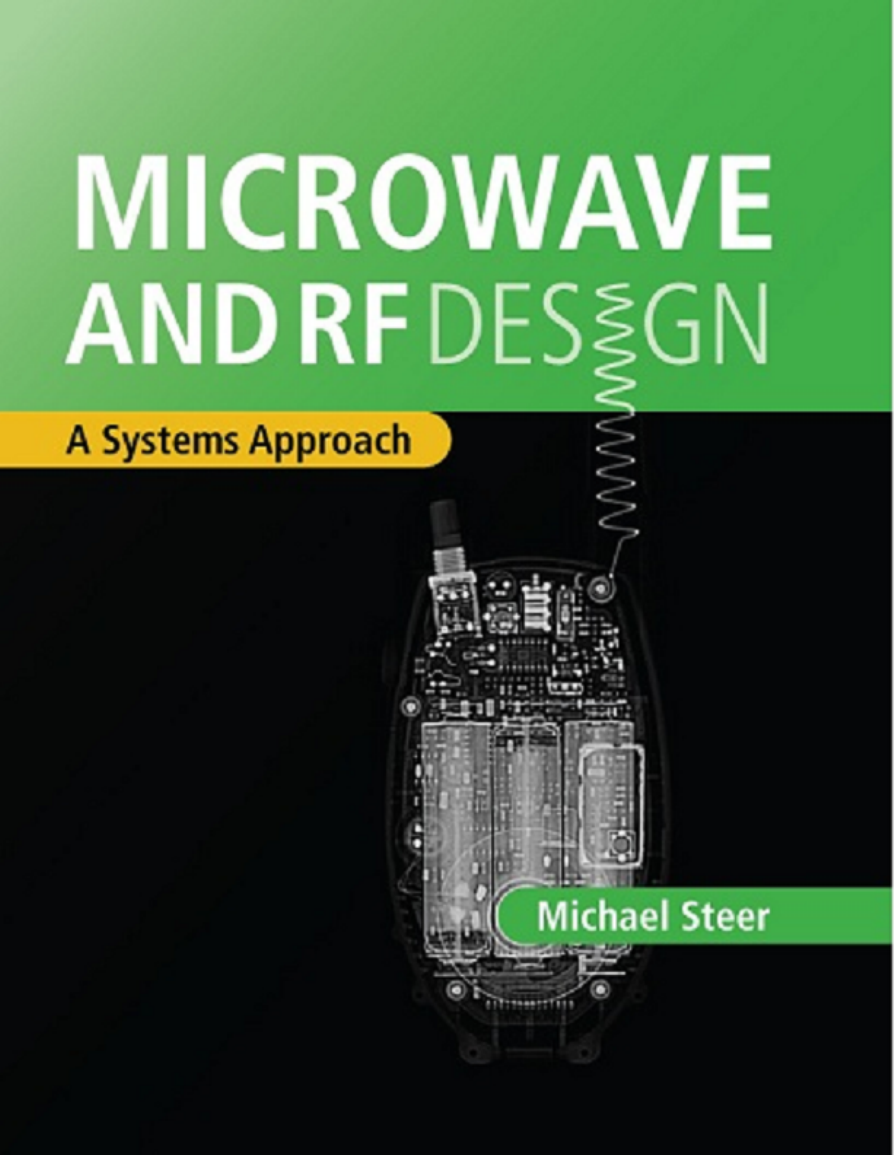
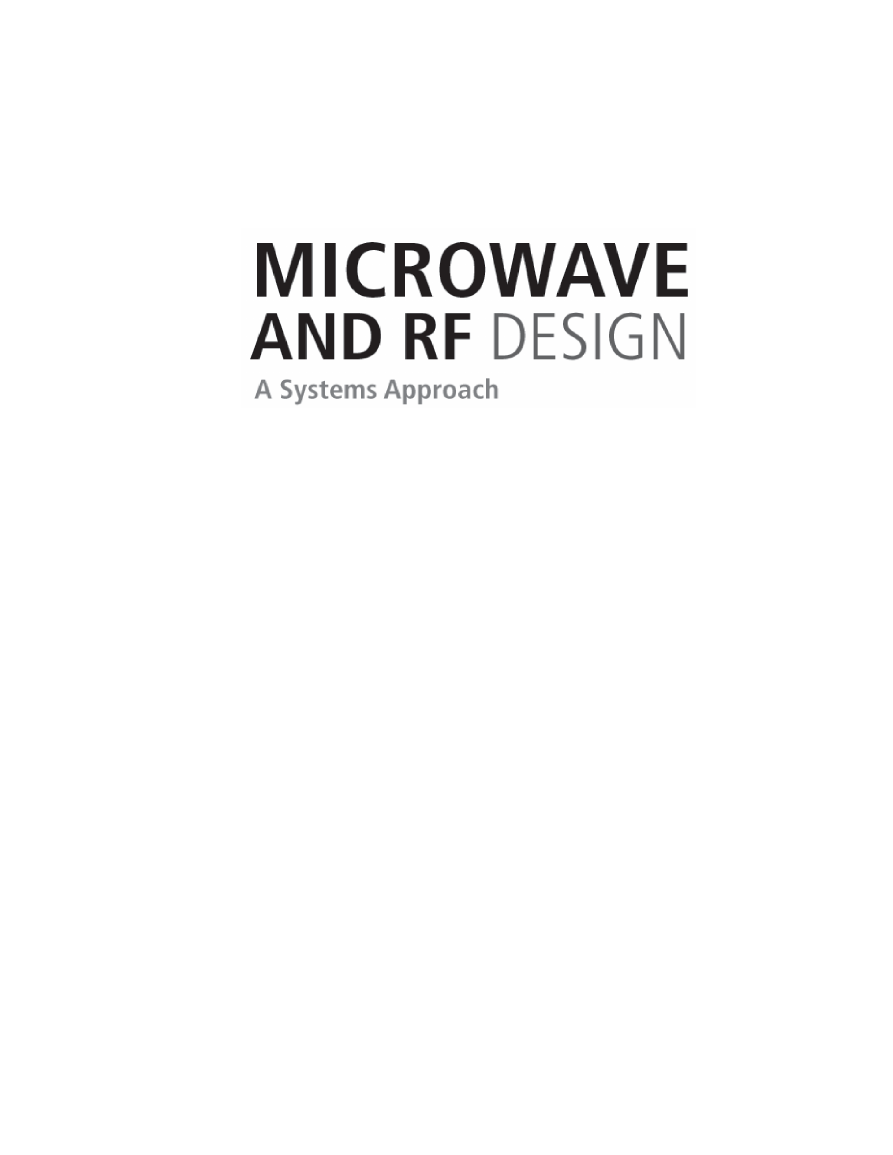

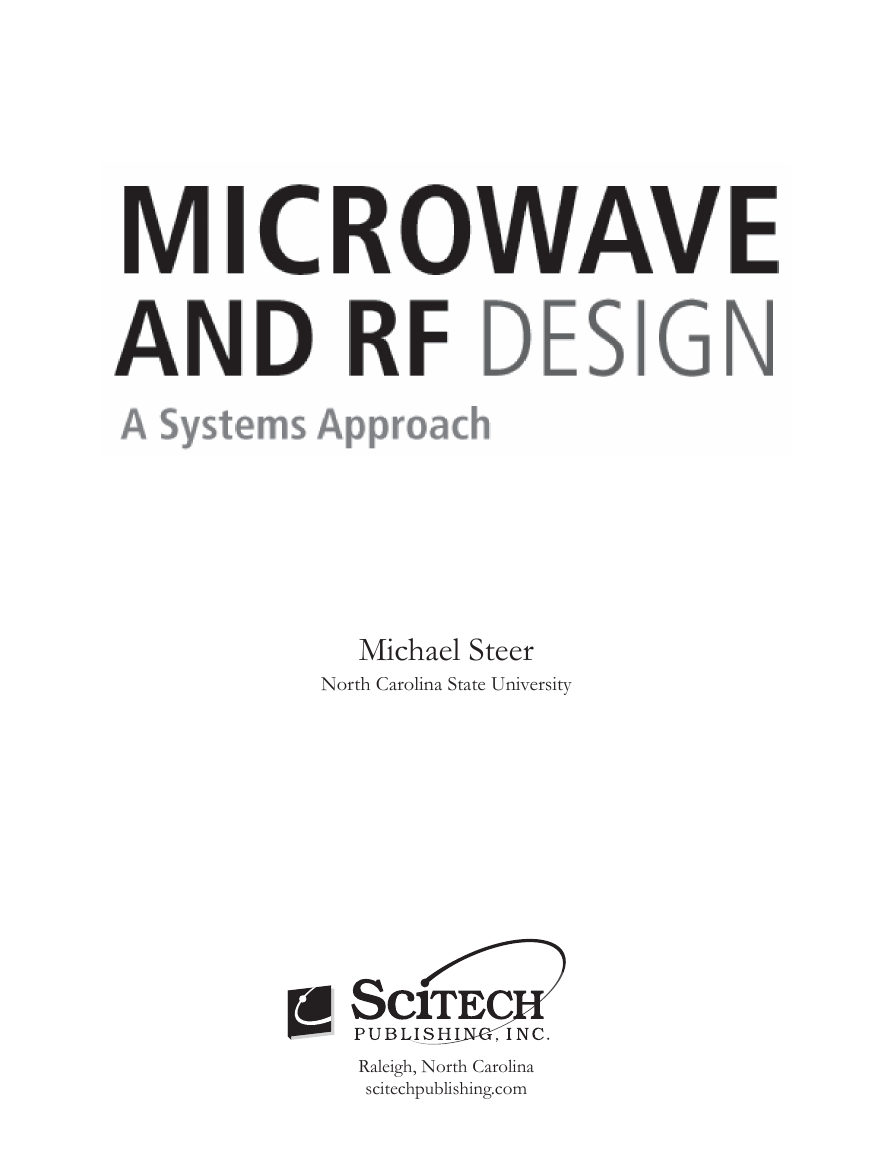
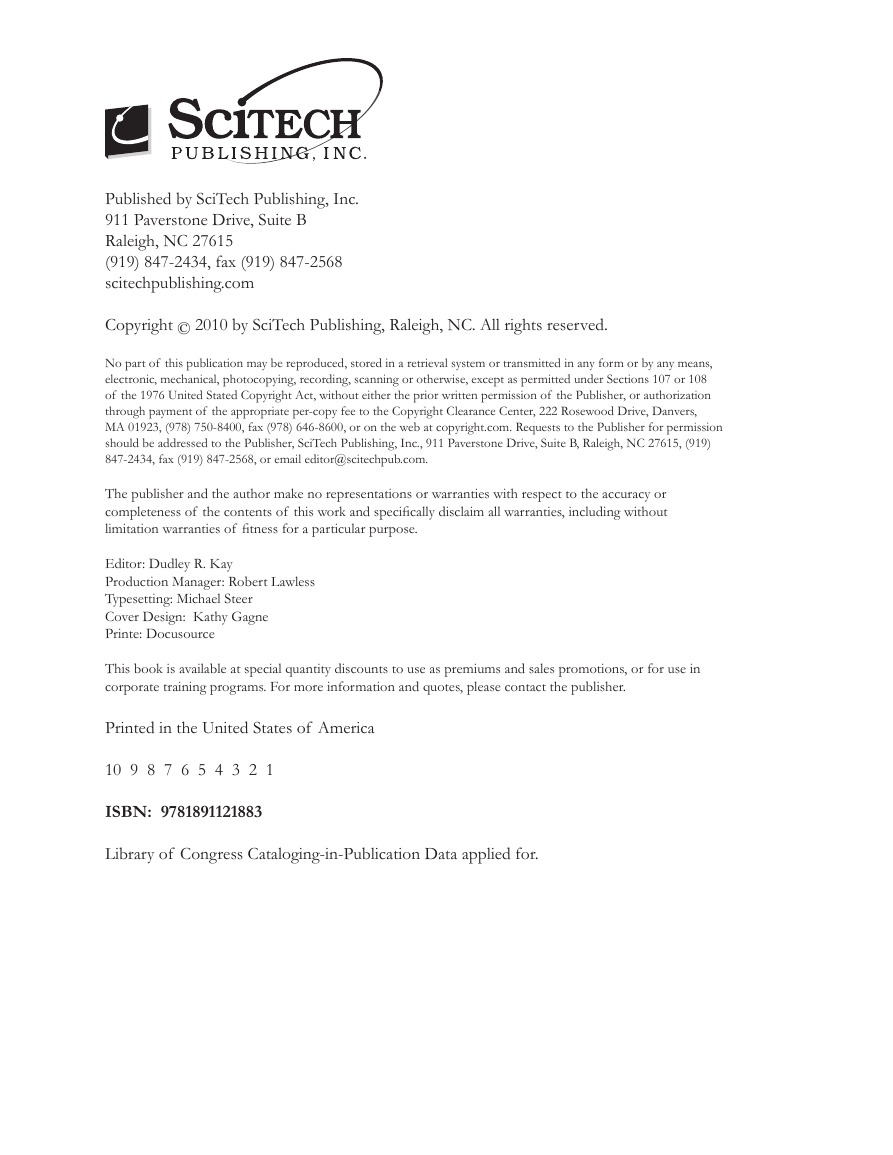
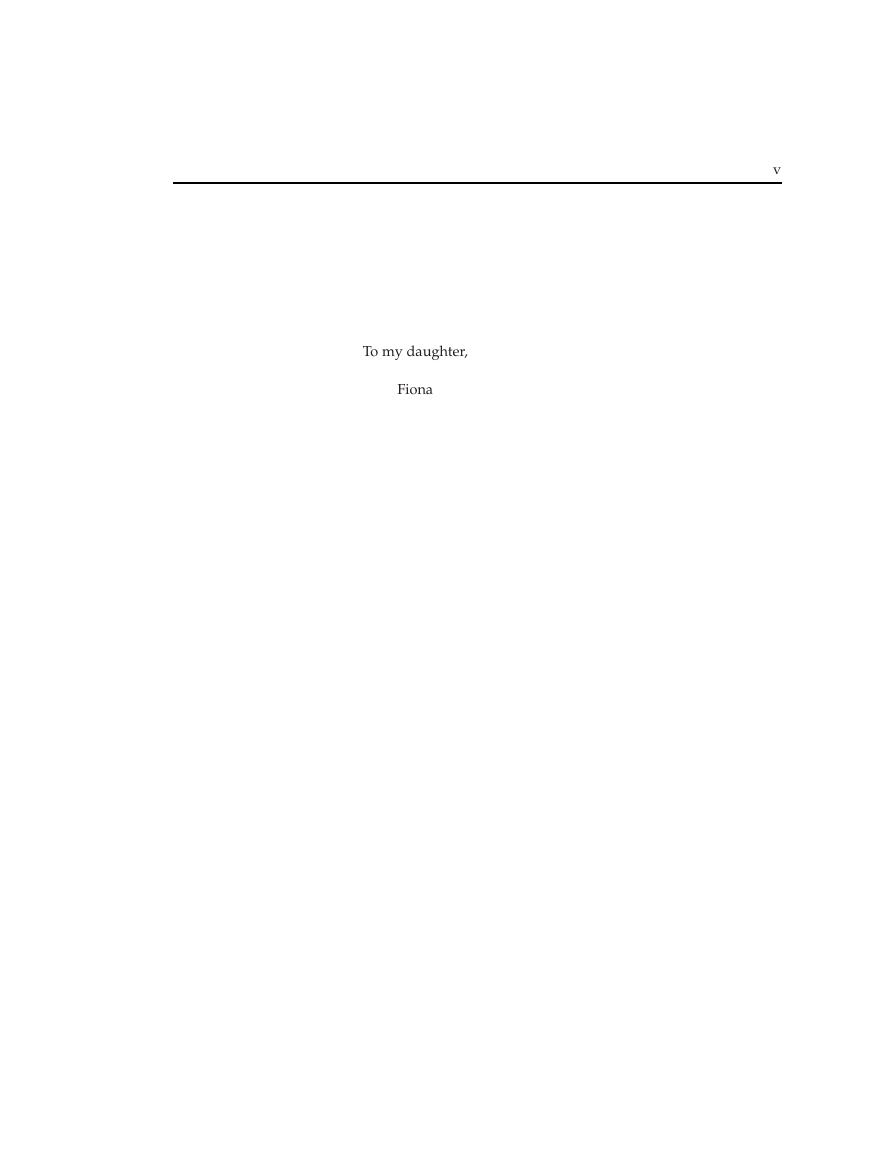
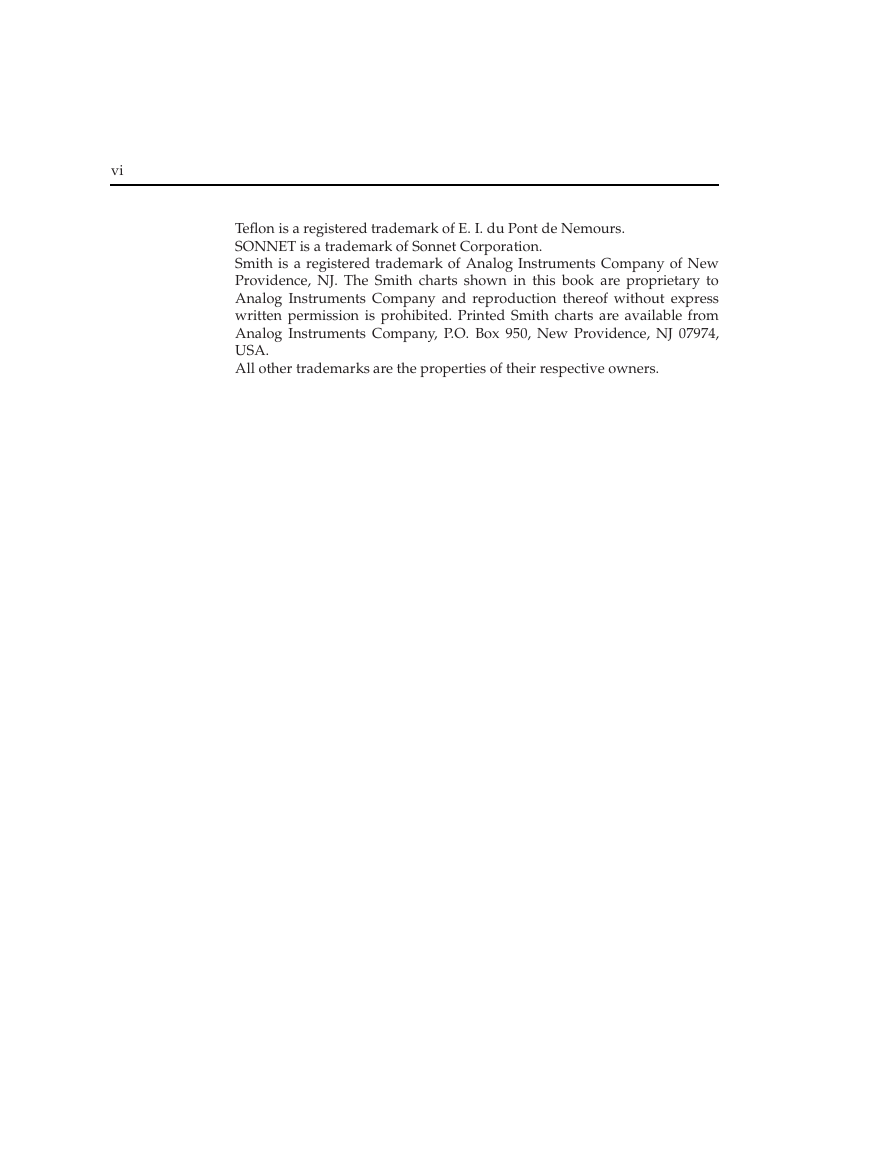









 2023年江西萍乡中考道德与法治真题及答案.doc
2023年江西萍乡中考道德与法治真题及答案.doc 2012年重庆南川中考生物真题及答案.doc
2012年重庆南川中考生物真题及答案.doc 2013年江西师范大学地理学综合及文艺理论基础考研真题.doc
2013年江西师范大学地理学综合及文艺理论基础考研真题.doc 2020年四川甘孜小升初语文真题及答案I卷.doc
2020年四川甘孜小升初语文真题及答案I卷.doc 2020年注册岩土工程师专业基础考试真题及答案.doc
2020年注册岩土工程师专业基础考试真题及答案.doc 2023-2024学年福建省厦门市九年级上学期数学月考试题及答案.doc
2023-2024学年福建省厦门市九年级上学期数学月考试题及答案.doc 2021-2022学年辽宁省沈阳市大东区九年级上学期语文期末试题及答案.doc
2021-2022学年辽宁省沈阳市大东区九年级上学期语文期末试题及答案.doc 2022-2023学年北京东城区初三第一学期物理期末试卷及答案.doc
2022-2023学年北京东城区初三第一学期物理期末试卷及答案.doc 2018上半年江西教师资格初中地理学科知识与教学能力真题及答案.doc
2018上半年江西教师资格初中地理学科知识与教学能力真题及答案.doc 2012年河北国家公务员申论考试真题及答案-省级.doc
2012年河北国家公务员申论考试真题及答案-省级.doc 2020-2021学年江苏省扬州市江都区邵樊片九年级上学期数学第一次质量检测试题及答案.doc
2020-2021学年江苏省扬州市江都区邵樊片九年级上学期数学第一次质量检测试题及答案.doc 2022下半年黑龙江教师资格证中学综合素质真题及答案.doc
2022下半年黑龙江教师资格证中学综合素质真题及答案.doc